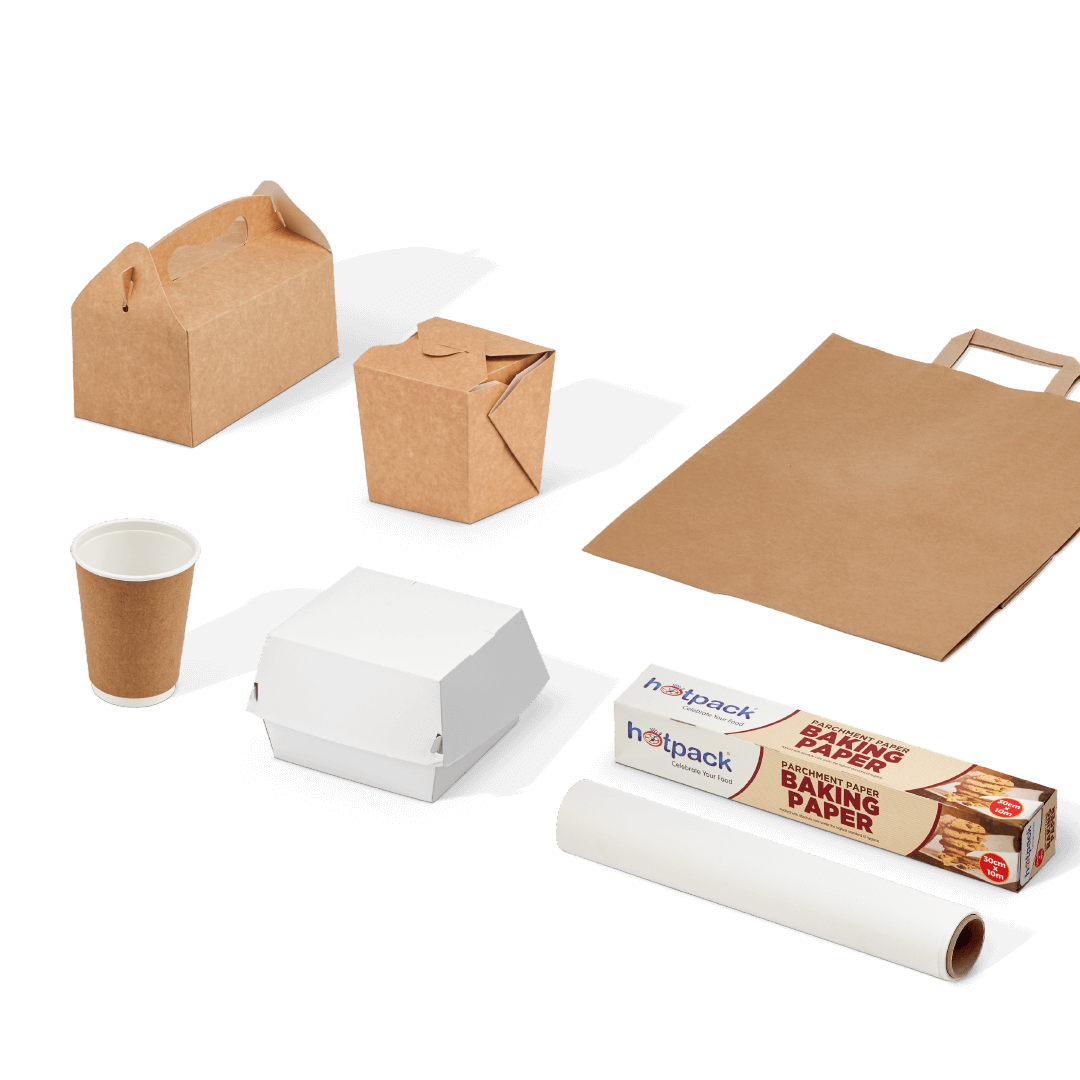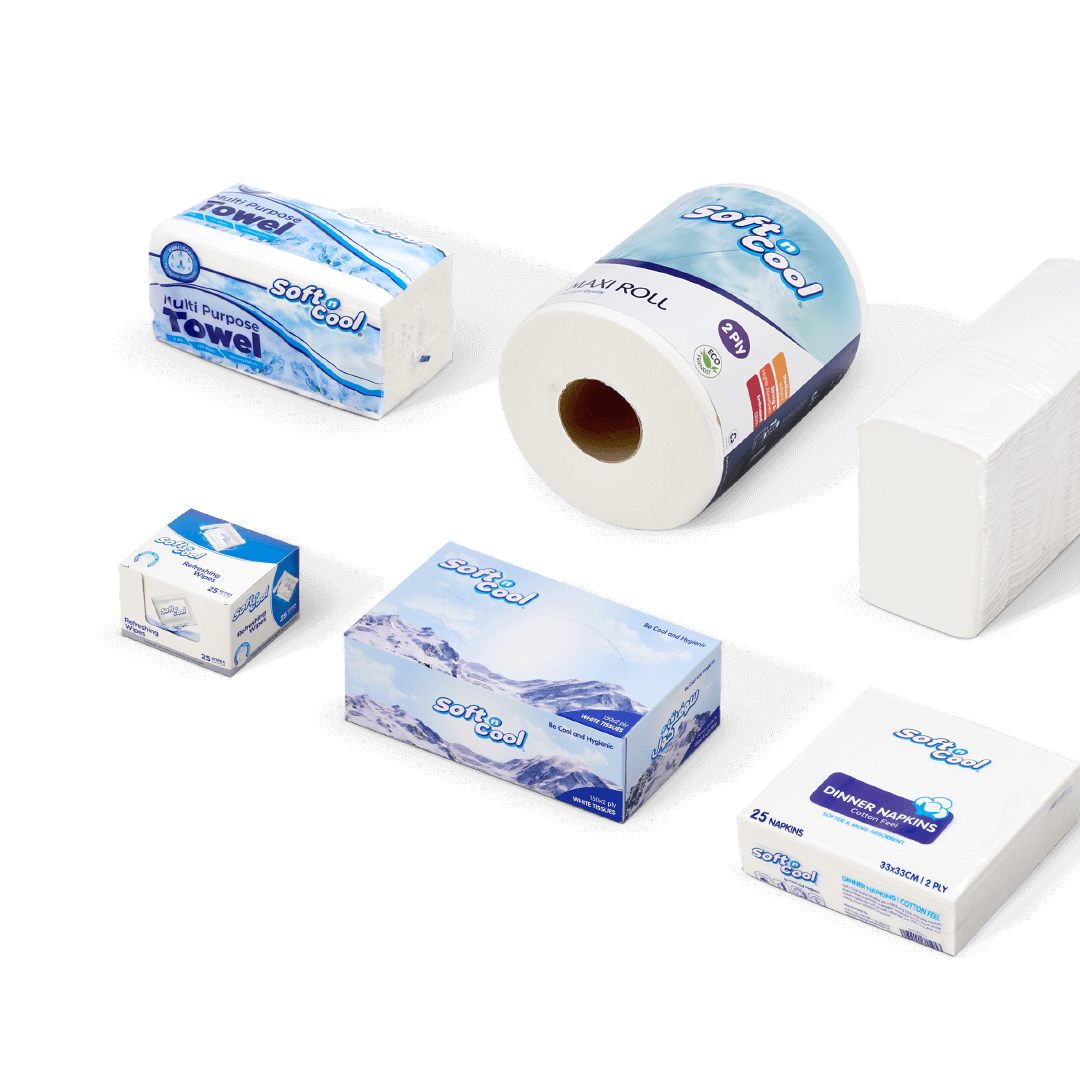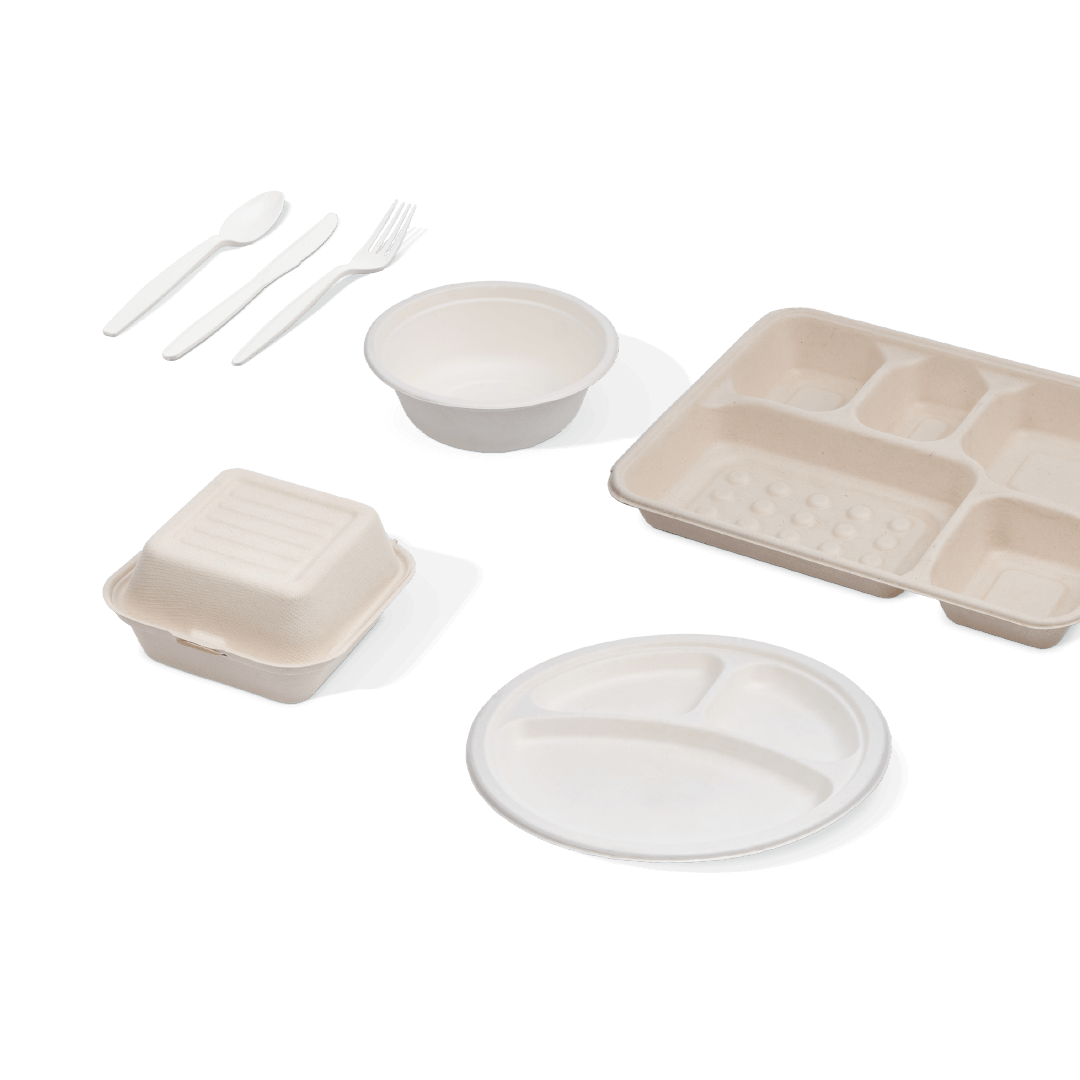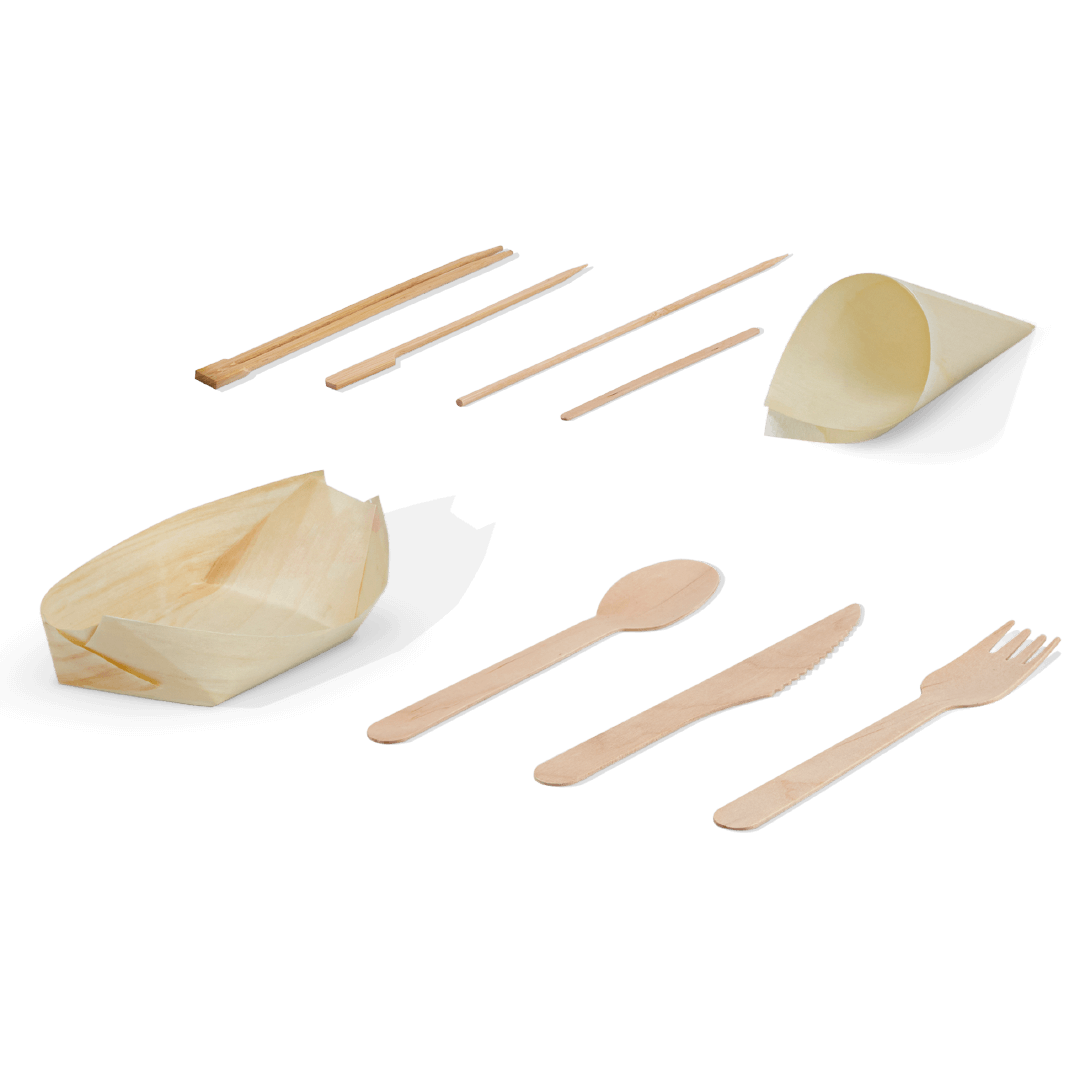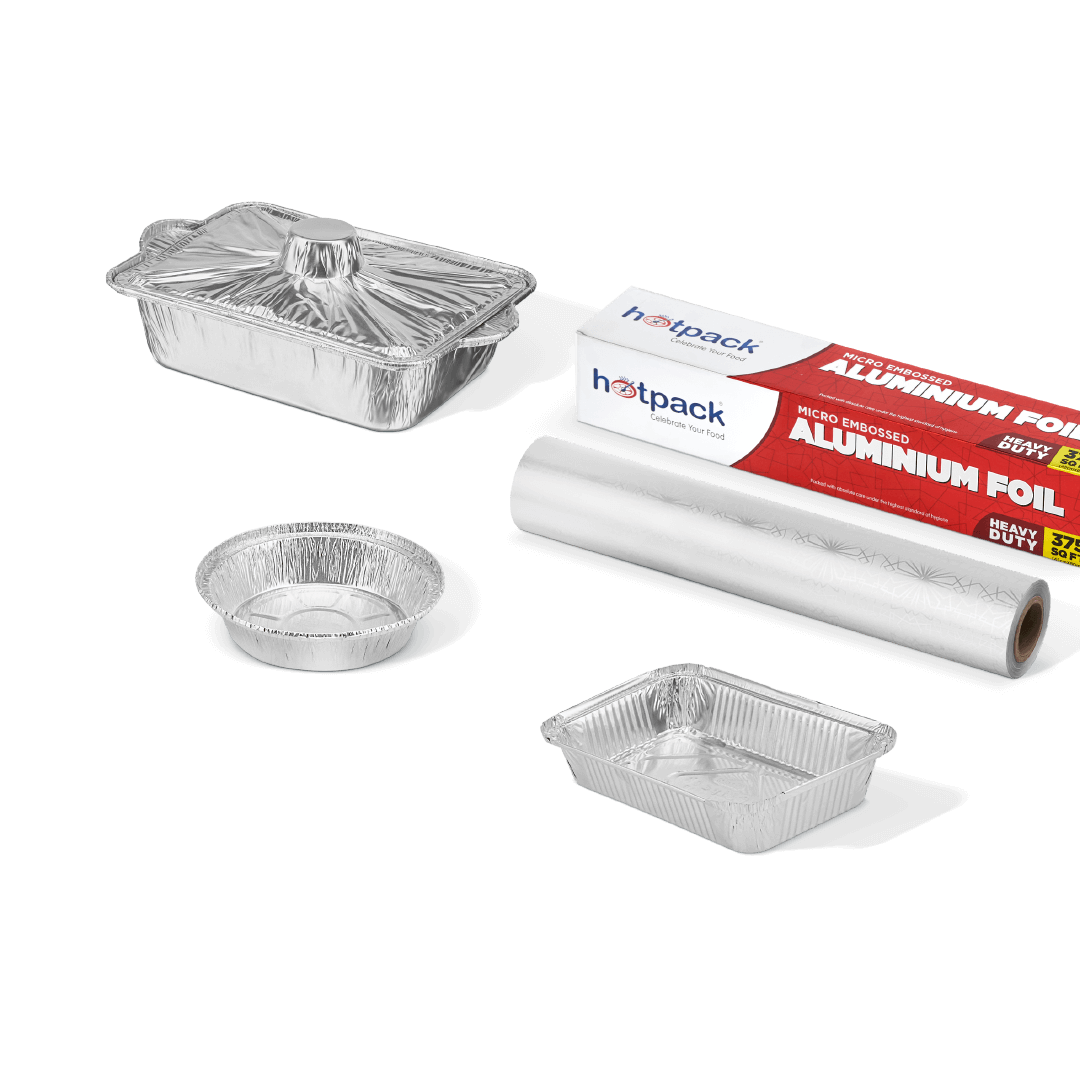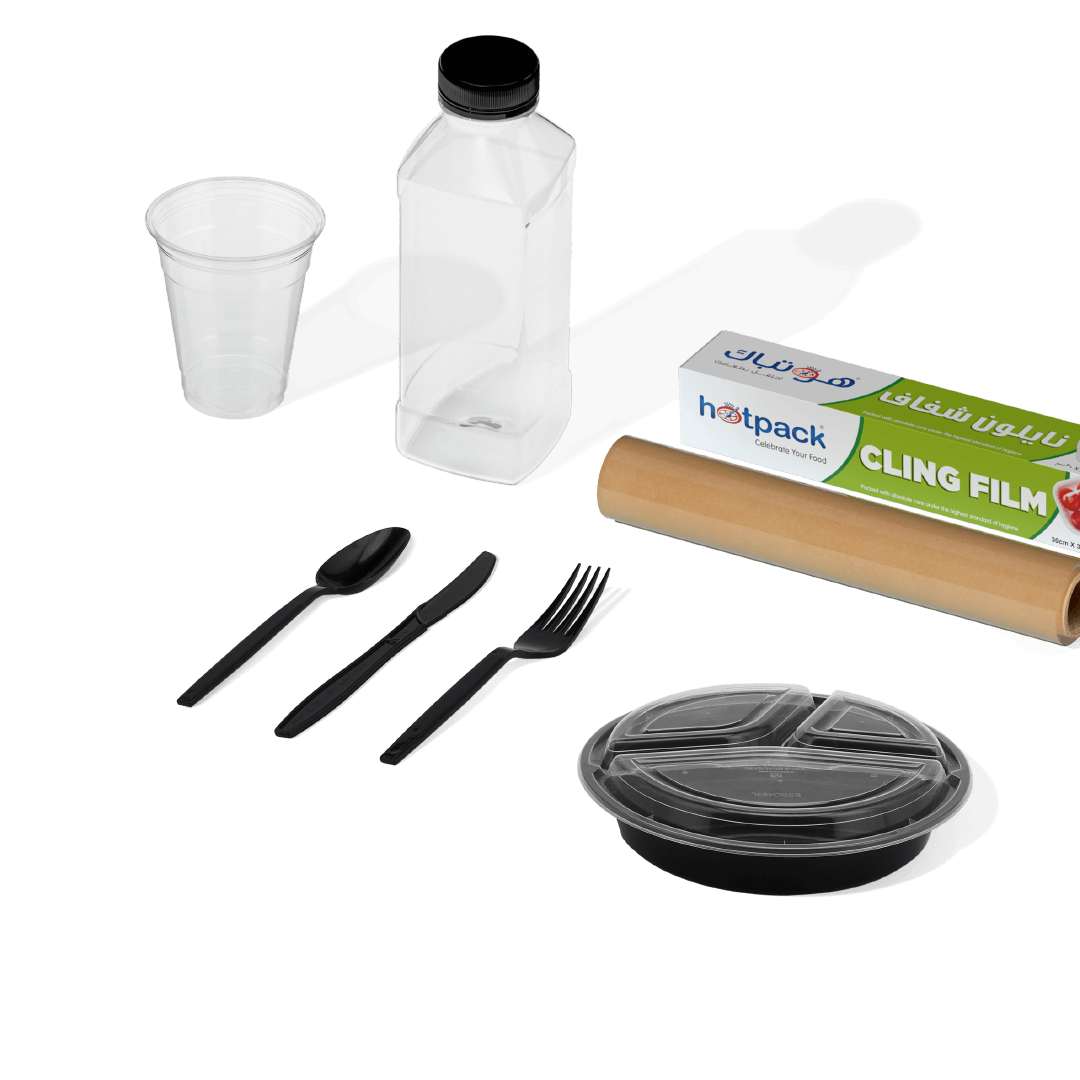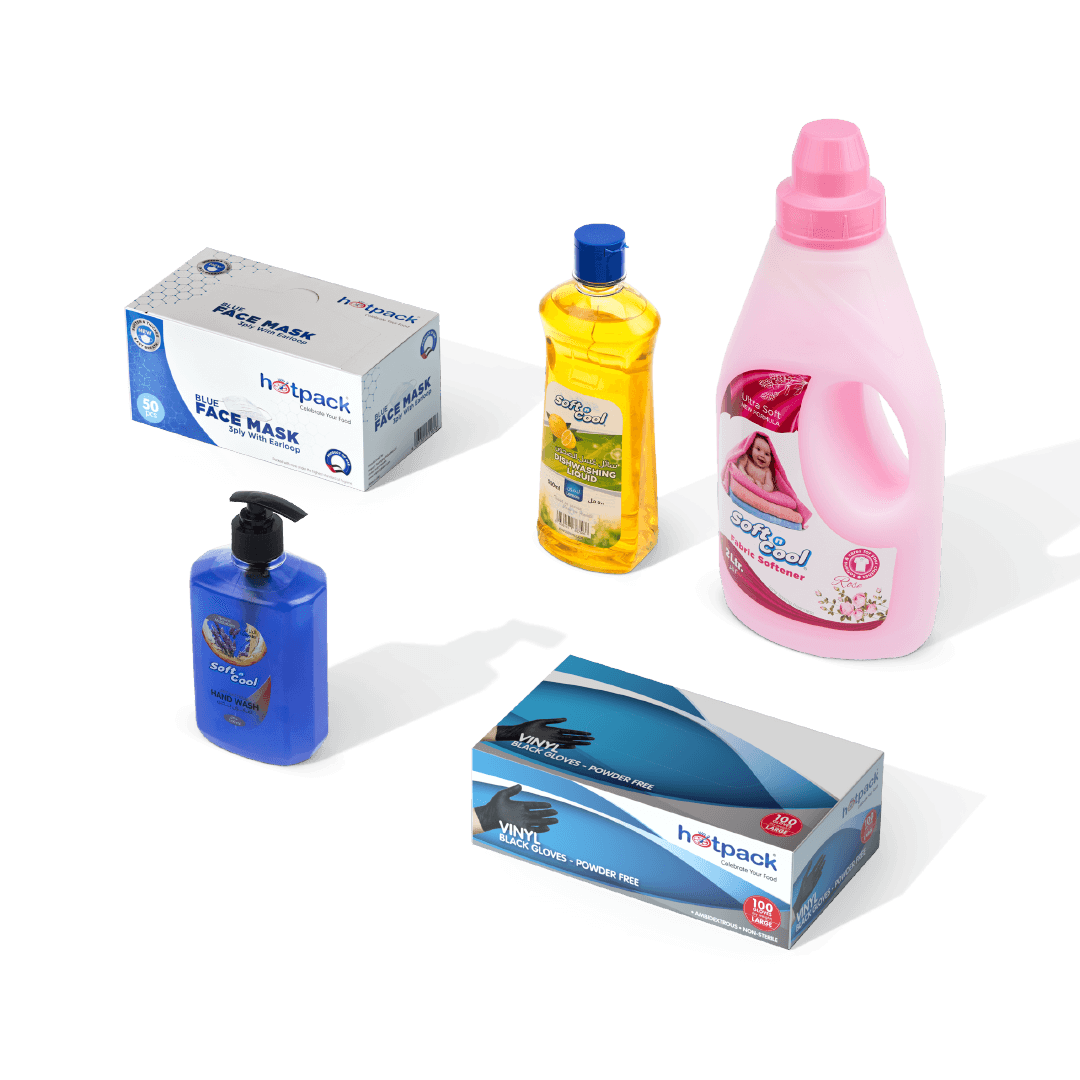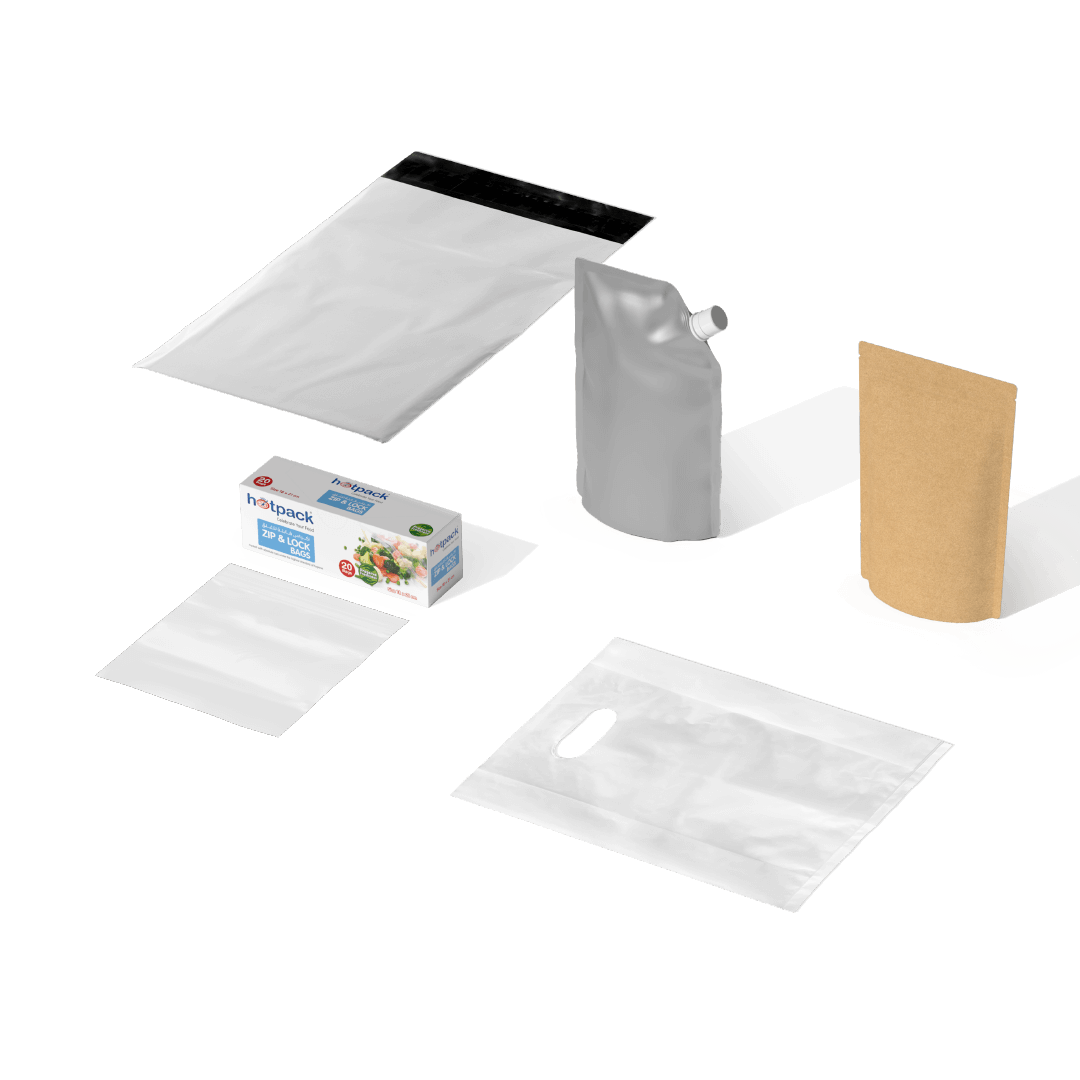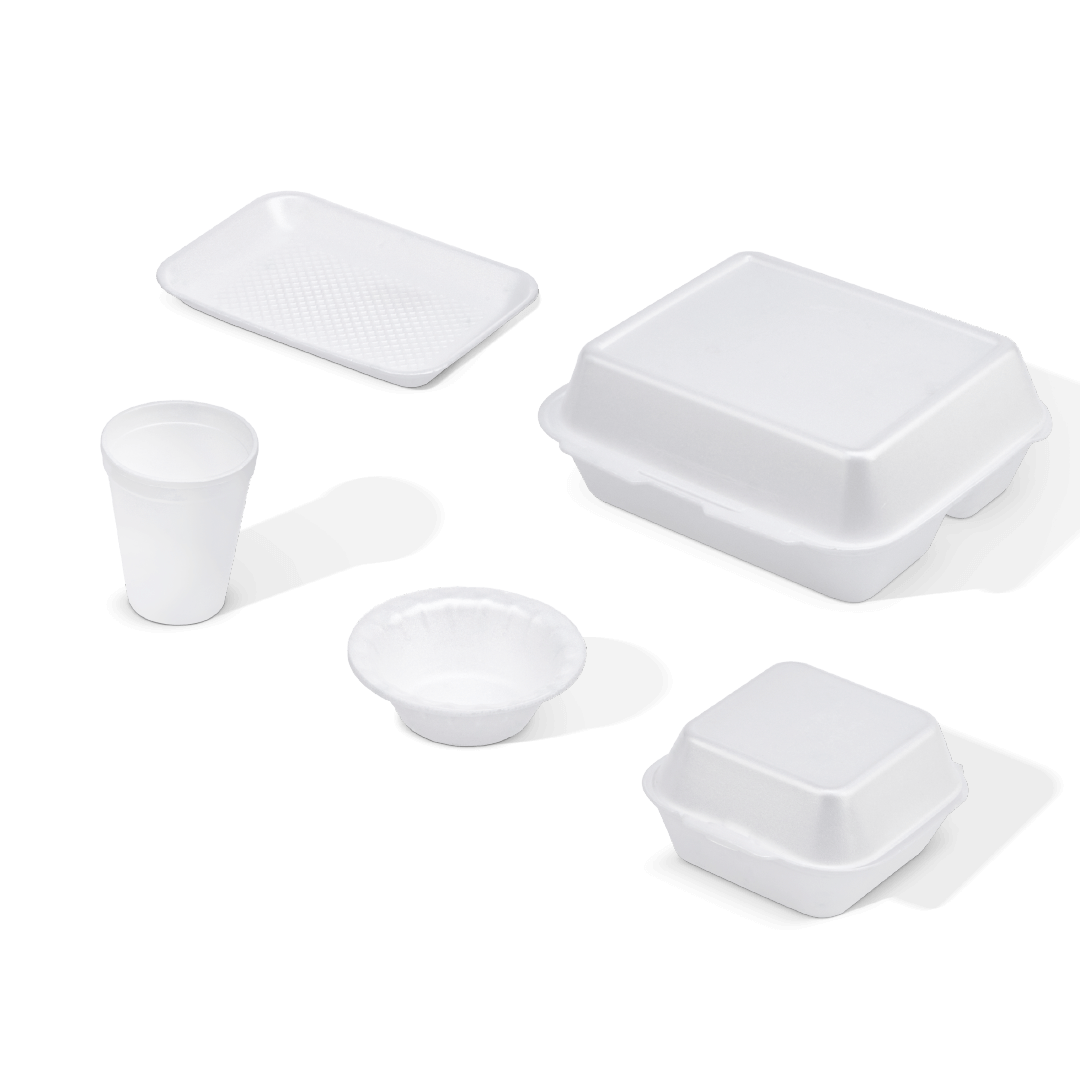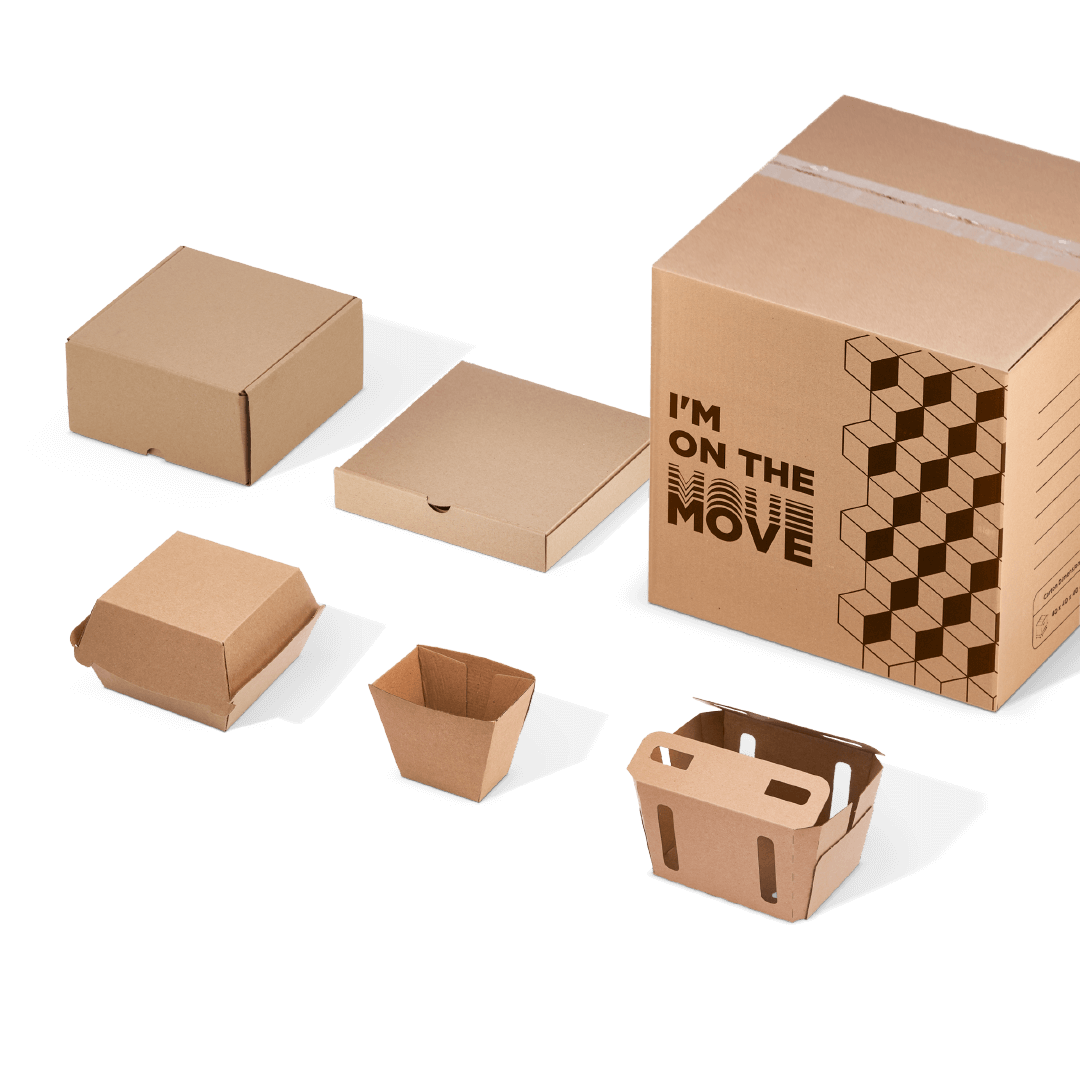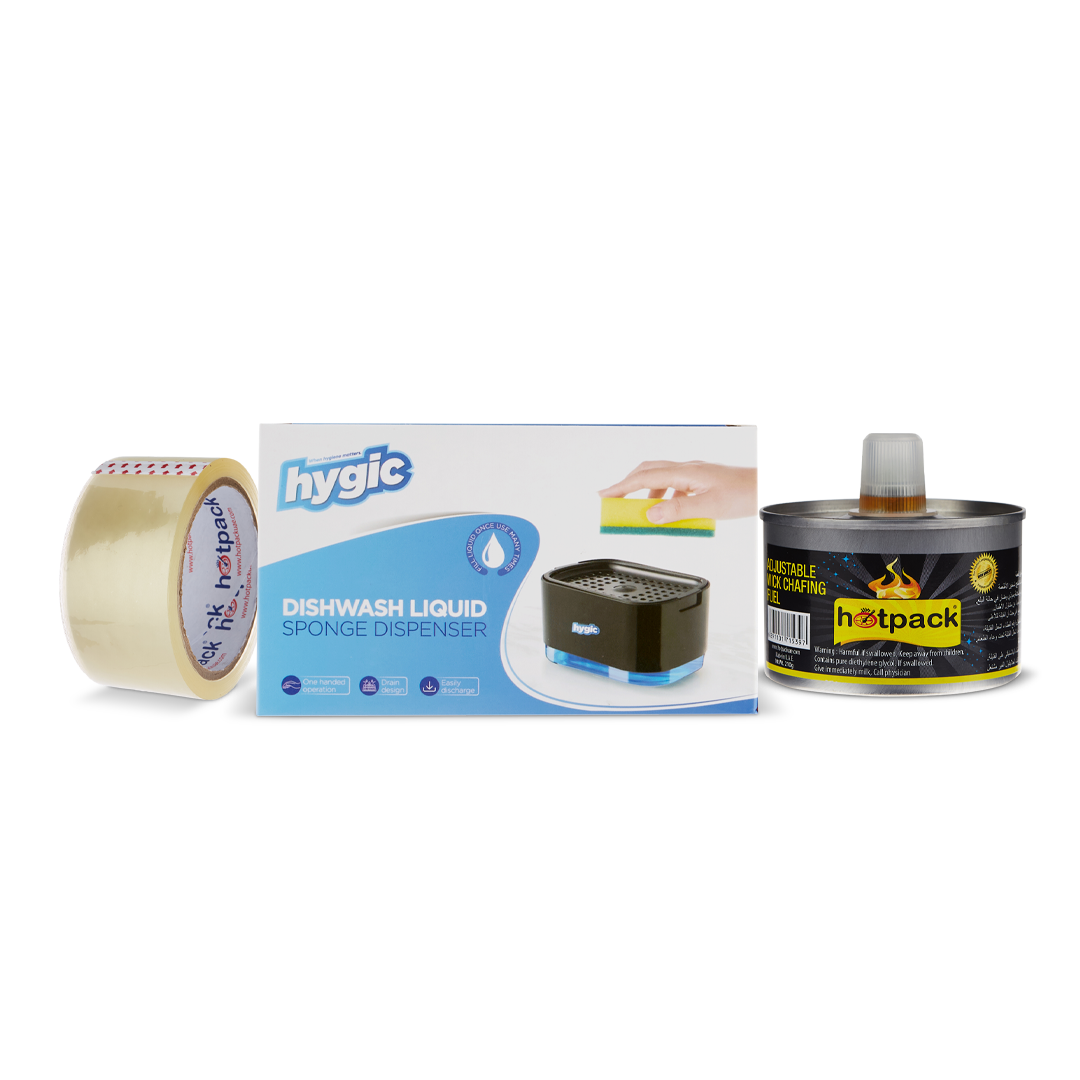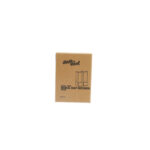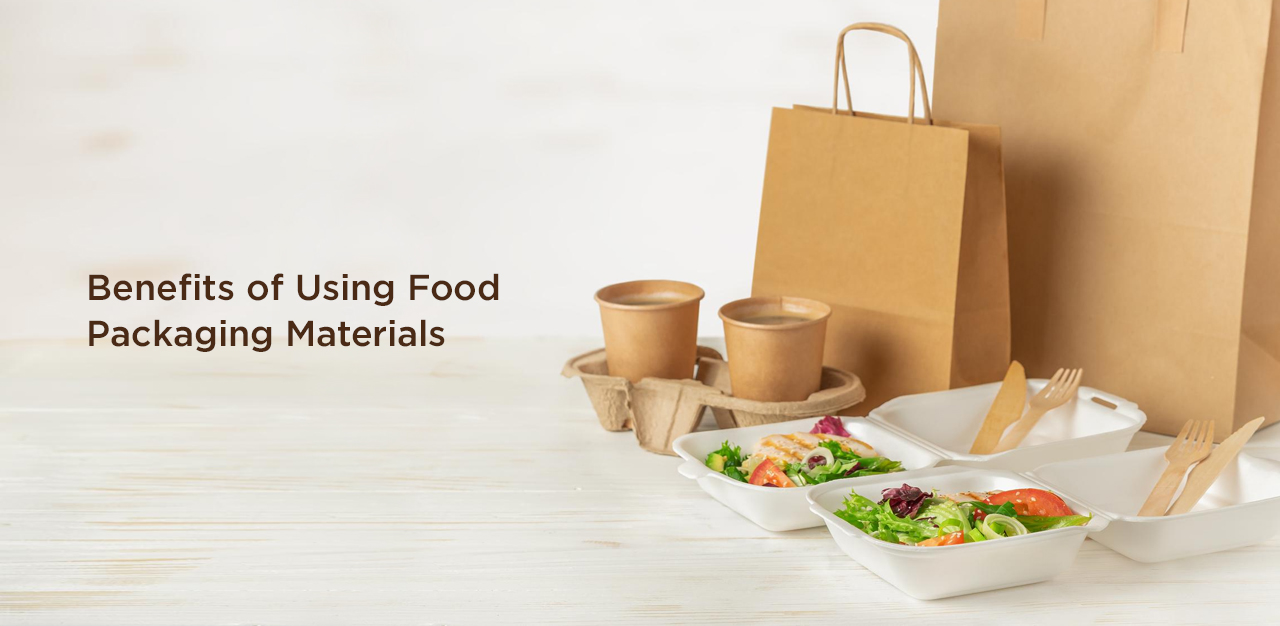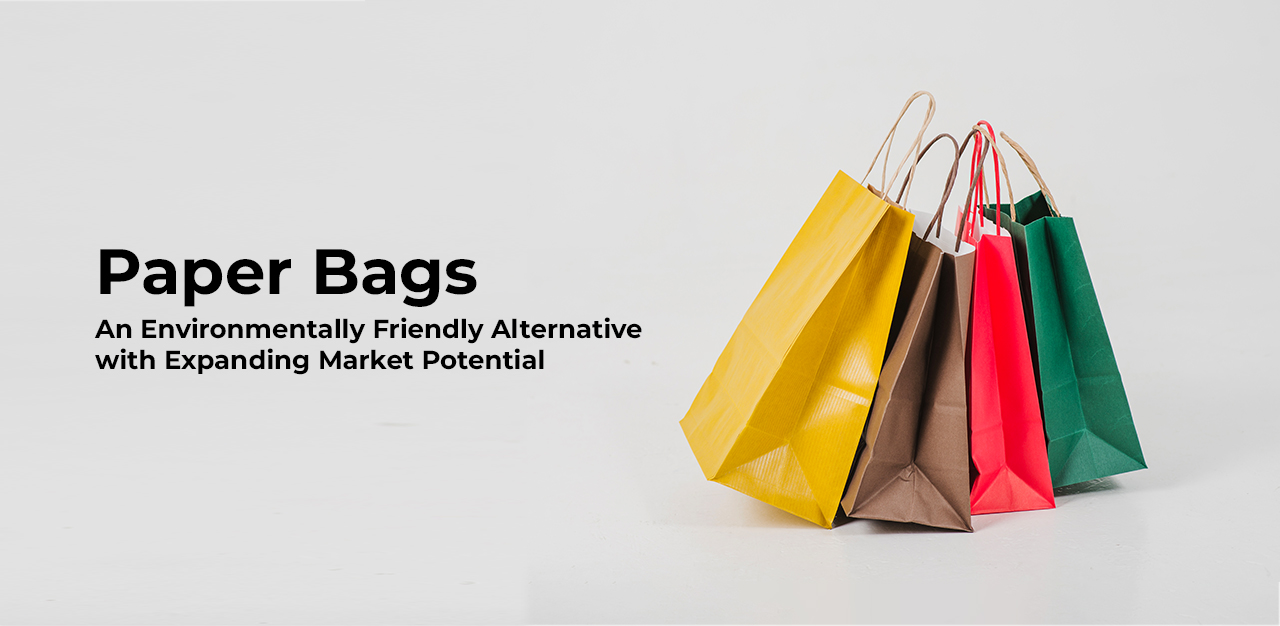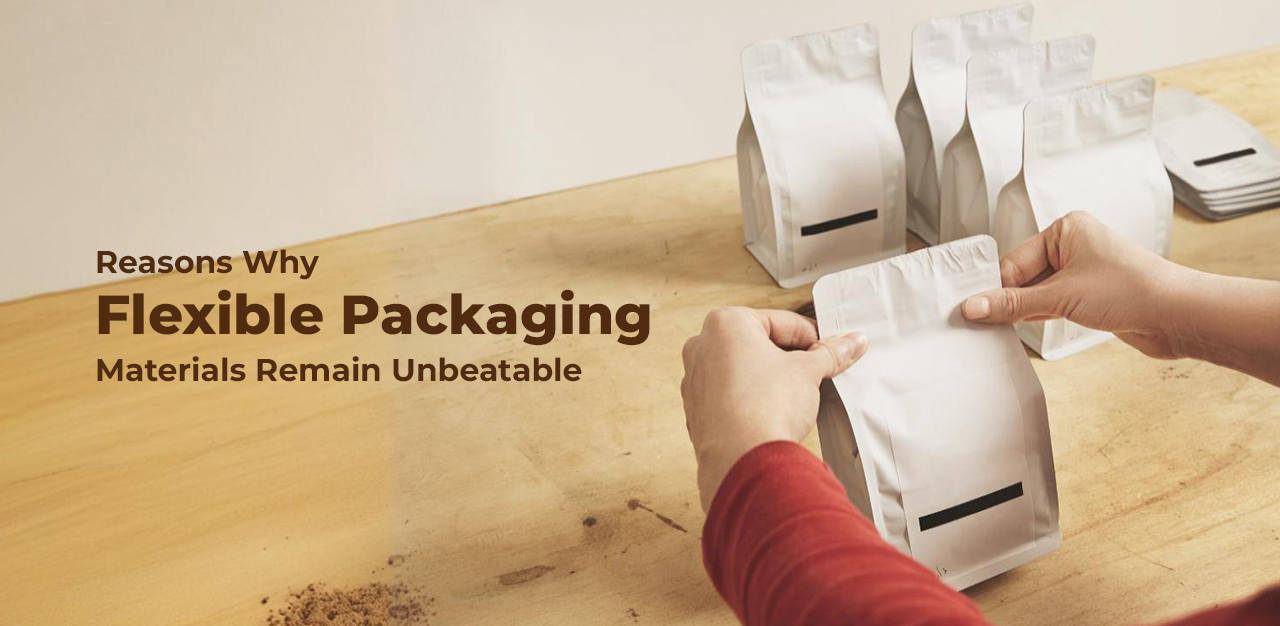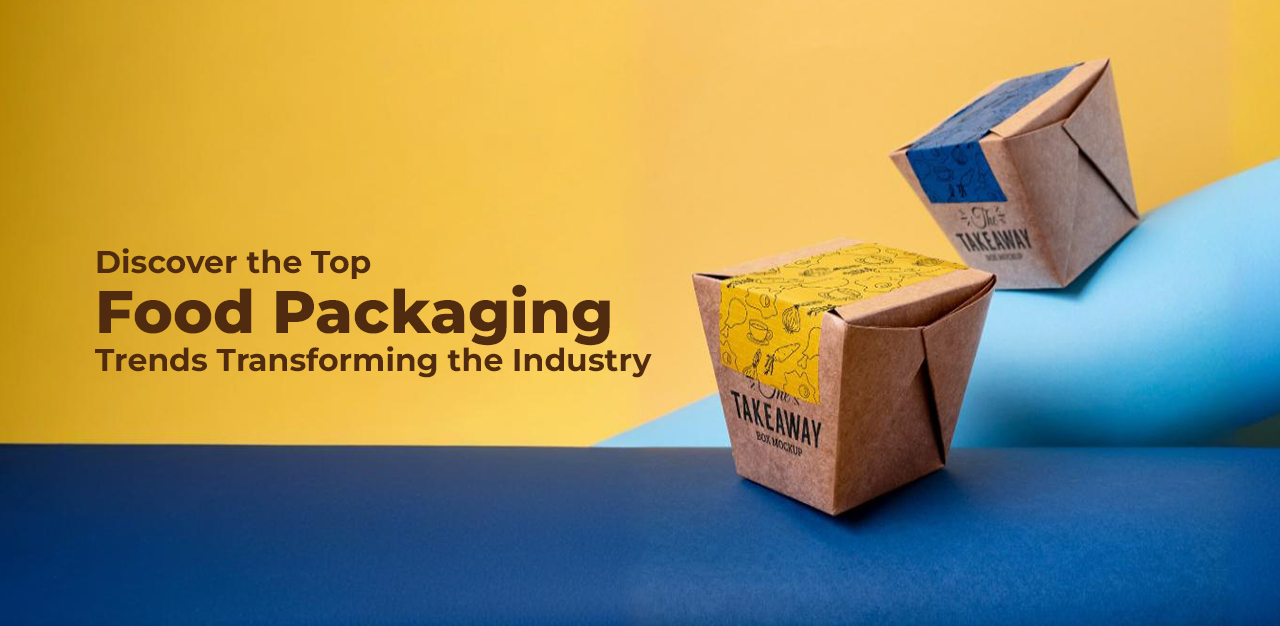Food packaging plays an important role in the food industry and our daily lives. From the moment food leaves the farm or factory to the time it reaches our tables, packaging protects it through every step of the way. However, with growing concerns about packaging waste, it’s important to consider the benefits of packaging with more sustainable materials. This article explores 5 key advantages food packaging materials deliver for both businesses and consumers around the world.
-
Protects Food from Damage
As the food is harvested, processed or manufactured, it is vulnerable to a variety of factors in the external environment. These factors can negatively impact quality and safety. Food packaging plays a vital role in shielding ingredients and finished products from potential damage or contamination.
Whether food is shipped across the country or stored on a grocery shelf, packaging creates a barrier. This barrier prevents dirt, dust, insects and other microorganisms from coming into contact with it. Food items left unprotected face the risk of growing mould or harbouring bacteria that could cause illness. Rigid containers, bags, films and coatings block access to these spoilage-causing elements.
Similarly, packaging controls exposure to air and moisture, both of which can accelerate the natural deterioration process in foods. Too much oxygen can cause fats to become rancid, while excess moisture leads to sogginess, drying out or growth of microbes. By regulating gas and liquid levels, packaging preserves texture, flavour and nutrients.
-
Extends Shelf Life
One of the most important benefits of food packaging is that it can significantly prolong the shelf life of perishable products. All packaged foods have a best before or expiration date listed on them, which indicates how long the food should retain its quality and safety when stored properly. The right packaging plays a key role in extending this period before the food goes stale or spoils.
Packaging materials are carefully selected based on their ability to act as effective barriers against external factors that cause food to deteriorate over time. Oxygen, moisture, light, and microbial contaminants are all enemies of freshness. Packaging limits exposure to these by providing an airtight, watertight seal around the food contents. Plastics, metals, glasses and papers used in food packaging are specially formulated to be low permeability barriers against gases and moisture.
Within the packaging interior, additional technologies further slow the natural process of spoilage. Oxygen absorbers chemically remove oxygen trapped inside to inhibit oxidative rancidity of fats. Desiccants and humidity controls absorb excess moisture that could encourage mold growth. Together, these measures deny bacteria and microbes the oxygen and water they need to thrive and multiply quickly.
-
Prevents Spills and Leaks
One of the most important functions of food packaging is preventing spills and leaks during transport or storage. Without proper packaging, liquids, sauces, snacks and other loose foods risk spilling or leaking, which can result in wasted product and big messes.
Whether shipping pallets of goods across the country or carrying a takeout meal home, packaging endures constant movement and vibration. Rigid plastic and metal containers provide structure that can withstand distribution and handling without breaking or crushing. Flexible yet durable materials like multilayer films and laminates form leak-proof seals around containers, bottles and bags. Together, the packaging structure and seals form a protective barrier.
For liquid and semi-liquid foods, preventing spills and leaks is especially crucial. Packaging must be able to contain soups, sauces, dressings and condiments despite their high moisture content. Even the slightest puncture or compromised seal could result in a leak during transport. For soups, the packaging needs to be able to withstand being jostled and tipped without any contents escaping. With condiments, packaging seals must be completely leak-proof to prevent messy explosions from pressure buildup.
-
Provides Information
The food packaging items play a vital role in providing important information about the food product to consumers. The packaging allows manufacturers to clearly communicate key details that help inform purchasing decisions. Things like a product’s ingredient list, nutrition facts panel, allergen warnings and date marking are all mandatorily required to be displayed on food packaging by regulatory bodies.
Having access to this information right on the package empowers consumers to make choices suited to their individual dietary needs, preferences and restrictions. Those with allergies can easily identify potential risks. People watching calories, fat or sugar intake gain insight into a product’s nutritional profile. Date markings ensure safe consumption by the expiration date. This transparency from packaging builds consumer trust in brands by allowing people to feel in control over what they put in their bodies.
In addition to compliance information, packaging is also used to communicate non-mandatory details consumers may find valuable. This could include certifications like organic, vegan or halal status. Instructions for proper storage, preparation and use of a product are often included. Packaging also functions as a marketing tool by prominently displaying the product name, logo and branding. This builds top-of-mind awareness and loyalty over time as consumers get familiar with the package design.
-
Enables Portability
Our fast-paced modern lives keep us constantly on the move. Whether it’s commuting to work, running errands, or spending time outdoors with family, we often find ourselves wanting to enjoy food away from home. This is where food packaging truly shows its value by enabling portability.
Packaging allows us to easily carry and transport a variety of food and beverage items wherever we need to go in a safe, spill-proof manner. Snack bars wrapped individually or packed together in a box, sandwiches neatly tucked into plastic bags or containers, fresh cut fruit secured in plastic cups – these grab-and-go options stay fresh and intact no matter how much we’re jostled during travel.
Even hot foods and liquids can be safely taken on the go thanks to insulated packaging materials that keep temperatures regulated. This allows busy professionals to heat up meals in the office microwave or enjoy a warm coffee in the car without worrying about spills. For outdoor activities like picnics, sports games or hiking, portable packaging options let us enjoy nourishing snacks without the hassle of mess.
Conclusion
Food packaging materials from reputed flexible packaging company play a vital role in reducing waste. Whether protecting products from external factors, lengthening shelf life, preventing spills and leaks during transport, educating consumers, or allowing portability, packaging plays a key role in ensuring safe, quality food reaches people. As populations grow and on-the-go lifestyles increase, innovative, sustainable packaging solutions will remain important for both businesses and consumers worldwide.

